Healthy food is the foundation of a strong body and an active mind. In a world full of processed snacks and fast meals, choosing the best healthy food can feel challenging. But the truth is, healthy eating doesn’t have to be boring, expensive, or complicated. With the right knowledge, you can enjoy delicious flavors while nourishing your body from the inside out.
This guide will help you discover the best healthy food choices, understand their benefits, and learn simple ways to add them to your everyday diet.
Why Choosing Healthy Food Matters More Than Ever

Healthy food provides your body with essential vitamins, minerals, and antioxidants. Eating the right foods strengthens your immune system, improves energy levels, supports mental clarity, and lowers the risk of chronic diseases such as heart problems, diabetes, and obesity.
In today’s fast-paced world, where highly processed options are more accessible, making mindful food choices is the key to living a healthier and more balanced life.
The Role of Balanced Nutrition in Healthy Eating

When we talk about healthy food, balance is everything. Your body needs macronutrients (carbohydrates, proteins, and fats) and micronutrients (vitamins and minerals) in the right proportions.
A well-balanced diet should include:
- Complex carbohydrates: Brown rice, quinoa, oats
- Lean proteins: Chicken, fish, lentils, tofu
- Healthy fats: Avocados, nuts, olive oil
- Fruits and vegetables: Rich in fiber, antioxidants, and vitamins
Fresh Fruits: Nature’s Sweet and Nutritious Treat
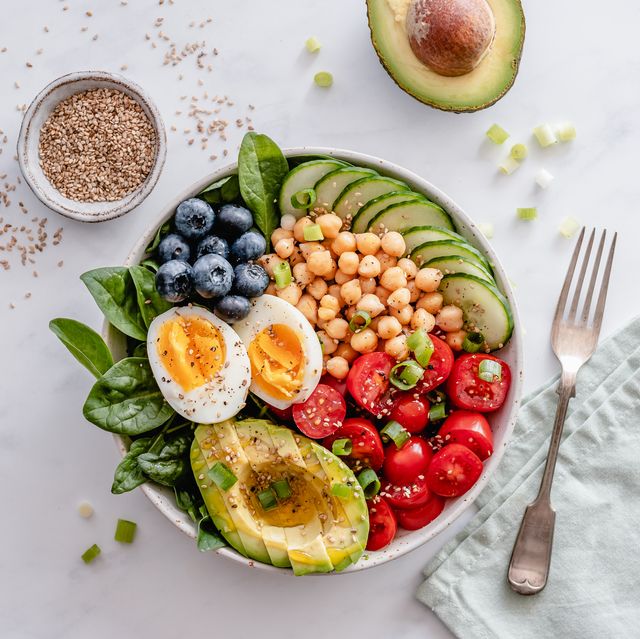
Fruits are a staple of any healthy food plan. They’re packed with vitamins, fiber, and antioxidants.
Top choices include:
- Berries: Blueberries, strawberries, and raspberries are high in antioxidants.
- Apples and pears: Great for heart health and digestion.
- Citrus fruits: Oranges, grapefruits, and lemons boost your immune system.
Tip: Eat seasonal fruits to get the most nutrients and flavor.
Vegetables: The Backbone of Every Healthy Food Diet
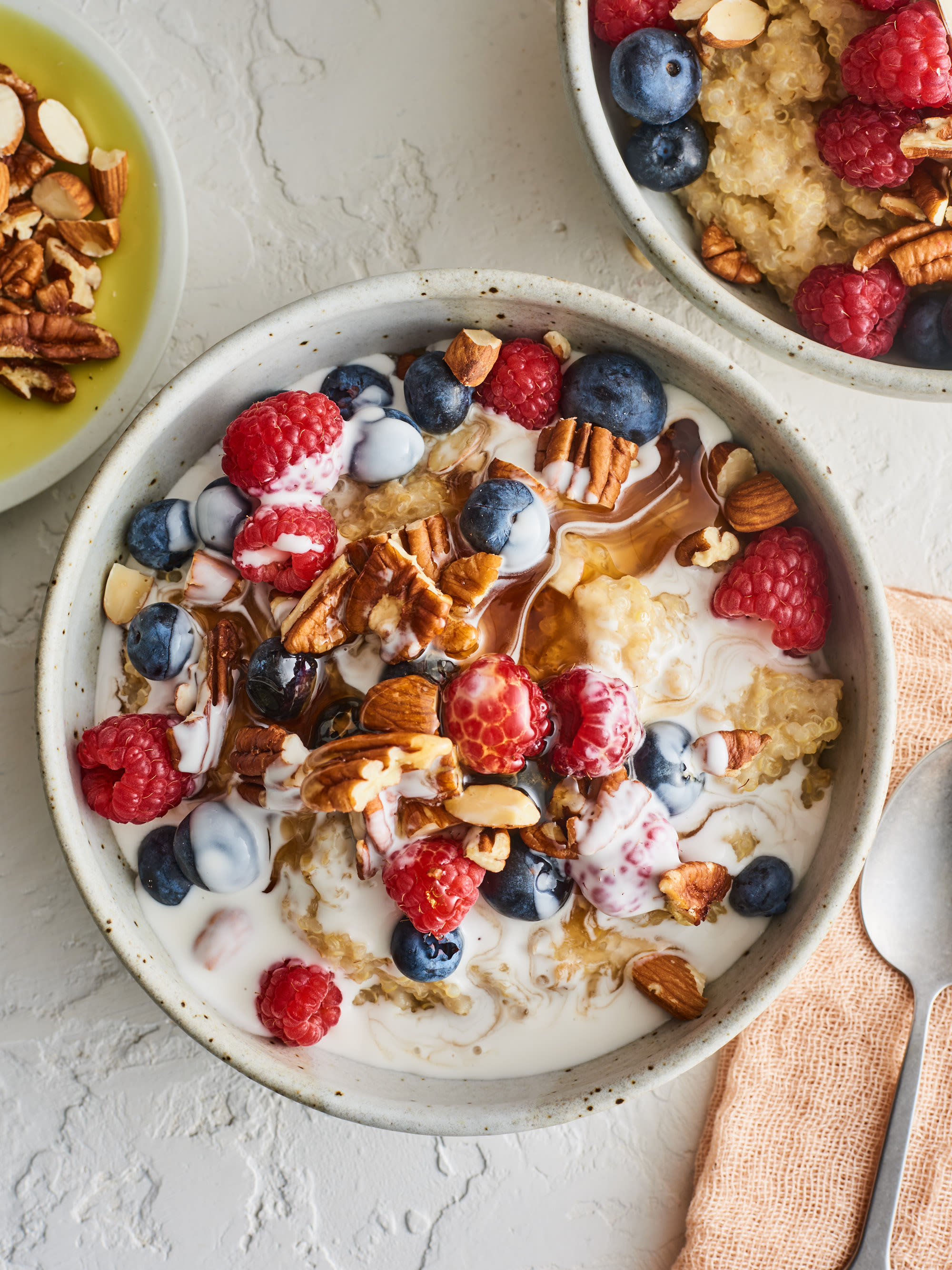
Vegetables are low in calories yet rich in essential nutrients. They provide fiber, vitamins, and minerals necessary for good health.
Must-try vegetables:
- Leafy greens: Spinach, kale, and Swiss chard for iron and calcium.
- Cruciferous veggies: Broccoli, cauliflower, and Brussels sprouts for cancer-fighting properties.
- Colorful peppers and carrots: Packed with vitamin A and antioxidants.
Pro Tip: Aim for a “rainbow plate” to ensure variety in your nutrient intake.
Whole Grains: Energy-Packed Healthy Food Staples
:max_bytes(150000):strip_icc()/Lentil-Bowls-with-Fried-Eggs-Greens--ddc8863b178140dd8757889eee9a1d49.jpeg)
Whole grains are a vital part of a healthy diet. Unlike refined grains, they retain their bran and germ, making them more nutritious.
Examples of healthy whole grains:
- Quinoa
- Brown rice
- Oats
- Barley
- Whole-wheat bread and pasta
These provide fiber for digestion, help manage weight, and keep you feeling full longer.
Lean Proteins: Building Blocks of a Strong Body

Protein is essential for muscle repair, immune function, and energy. Healthy protein sources include:
- Fish: Salmon and tuna for heart-healthy omega-3 fatty acids.
- Poultry: Skinless chicken and turkey.
- Plant-based: Lentils, chickpeas, tofu, and tempeh.
- Eggs: A complete source of protein packed with vitamins.
Healthy Fats: Debunking the Myth
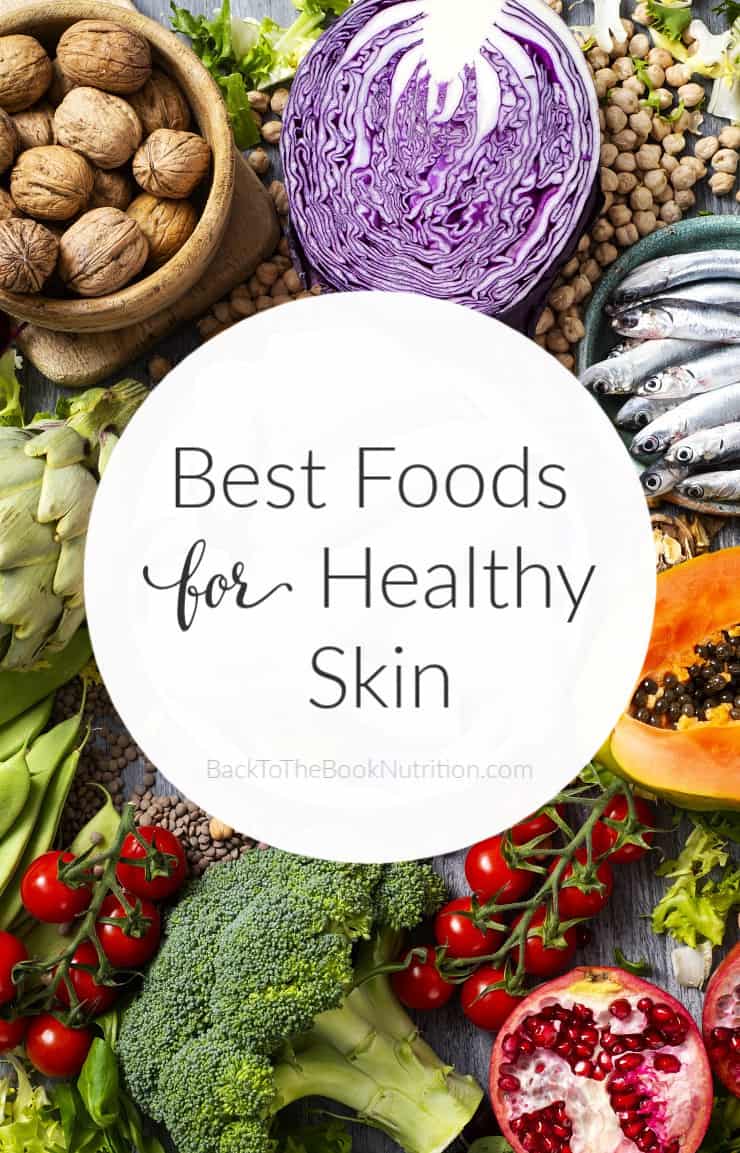
Not all fats are bad! Healthy fats are crucial for brain function, hormone production, and heart health.
Top sources of healthy fats:
- Avocados
- Nuts and seeds
- Olive oil and coconut oil
- Fatty fish like salmon and mackerel
Tip: Avoid trans fats and limit saturated fats for better heart health.
Dairy and Alternatives: Calcium and Protein Powerhouses

Dairy products are rich in calcium, vitamin D, and protein. If you’re lactose-intolerant, try:
- Almond milk
- Soy milk
- Oat milk
- Lactose-free yogurt
Choose low-fat or non-fat options to keep calories in check while still benefiting from essential nutrients.
Hydration: The Overlooked Part of a Healthy Diet
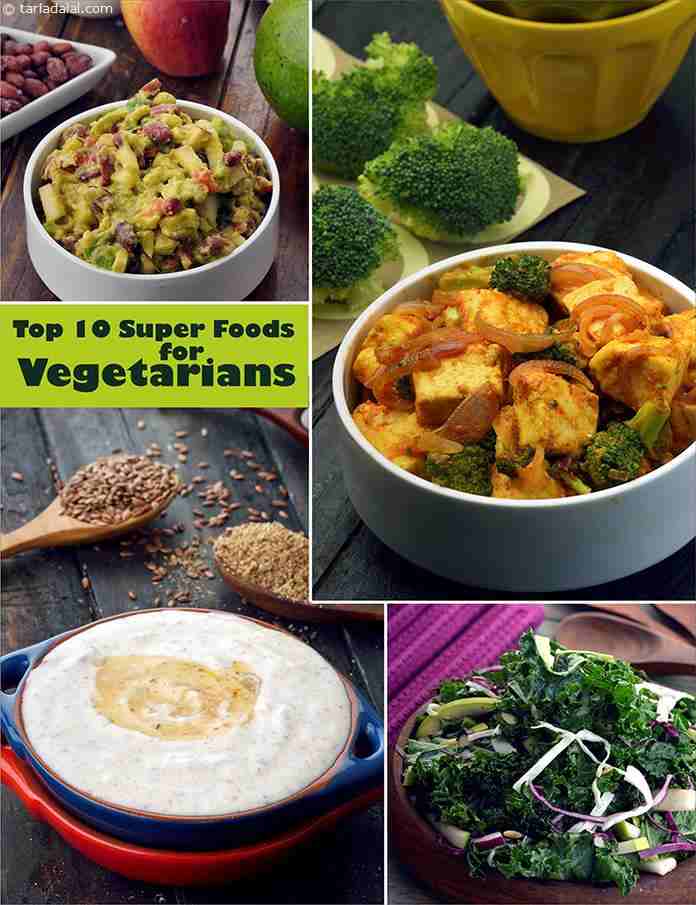
Healthy food goes hand in hand with proper hydration. Water aids digestion, keeps your skin glowing, and helps flush toxins.
- Aim for at least 8 glasses of water daily.
- Include water-rich foods like watermelon and cucumbers.
- Herbal teas and coconut water are excellent alternatives.
Superfoods: Nutrient-Dense Additions to Your Diet

Superfoods are packed with antioxidants, vitamins, and minerals that offer extra health benefits. Popular options include:
- Chia seeds and flaxseeds
- Spirulina
- Matcha green tea
- Goji berries
- Dark chocolate (in moderation)
Adding these to your meals can boost energy and support overall wellness.
Healthy Snacks: Beating Cravings the Right Way

Snacking doesn’t have to ruin your healthy food plan. Swap chips and candy for:
- Greek yogurt with honey
- Apple slices with almond butter
- Roasted chickpeas
- Mixed nuts
- Veggie sticks with hummus
These options are tasty, satisfying, and packed with nutrients.
Cooking Methods That Keep Food Healthy

How you cook your food affects its nutritional value. For the healthiest results:
- Steam or grill instead of deep-frying.
- Use minimal oil for sautéing.
- Bake or roast vegetables to retain flavor and nutrients.
Avoid heavy creams, excessive salt, and processed sauces.
Healthy Food for Different Lifestyles
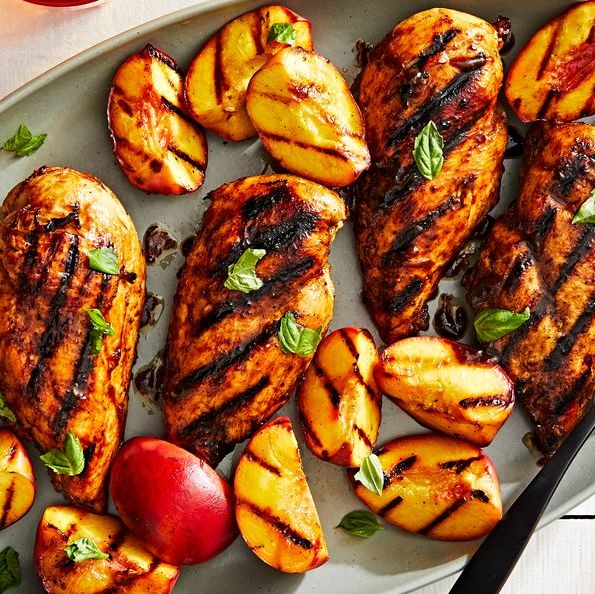
Everyone’s dietary needs are unique. Here are some healthy food suggestions for specific lifestyles:
- For busy professionals: Smoothies, overnight oats, and quick salads.
- For athletes: High-protein meals like grilled chicken with quinoa.
- For families: Balanced home-cooked meals with whole grains and fresh produce.
- For vegans and vegetarians: Plant-based proteins like lentils, beans, and soy products.
Common Myths About Healthy Food Debunked
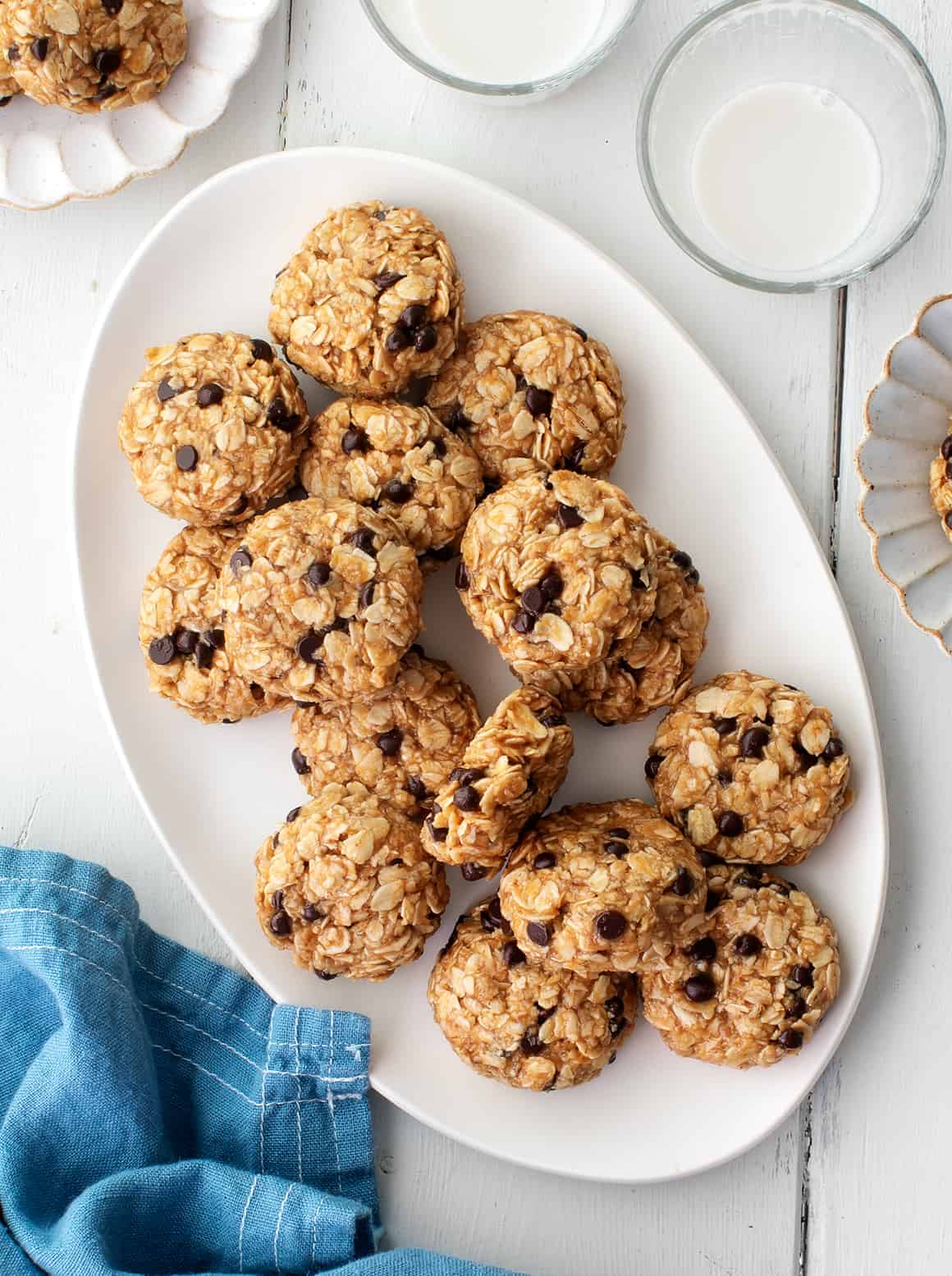
- Myth: Healthy food is always expensive.
Truth: Buying seasonal produce and cooking at home can save money. - Myth: You have to give up all your favorite foods.
Truth: It’s about moderation, not deprivation. - Myth: Healthy eating is bland.
Truth: Spices, herbs, and fresh ingredients make meals exciting.
Making Healthy Food a Lifestyle, Not a Fad
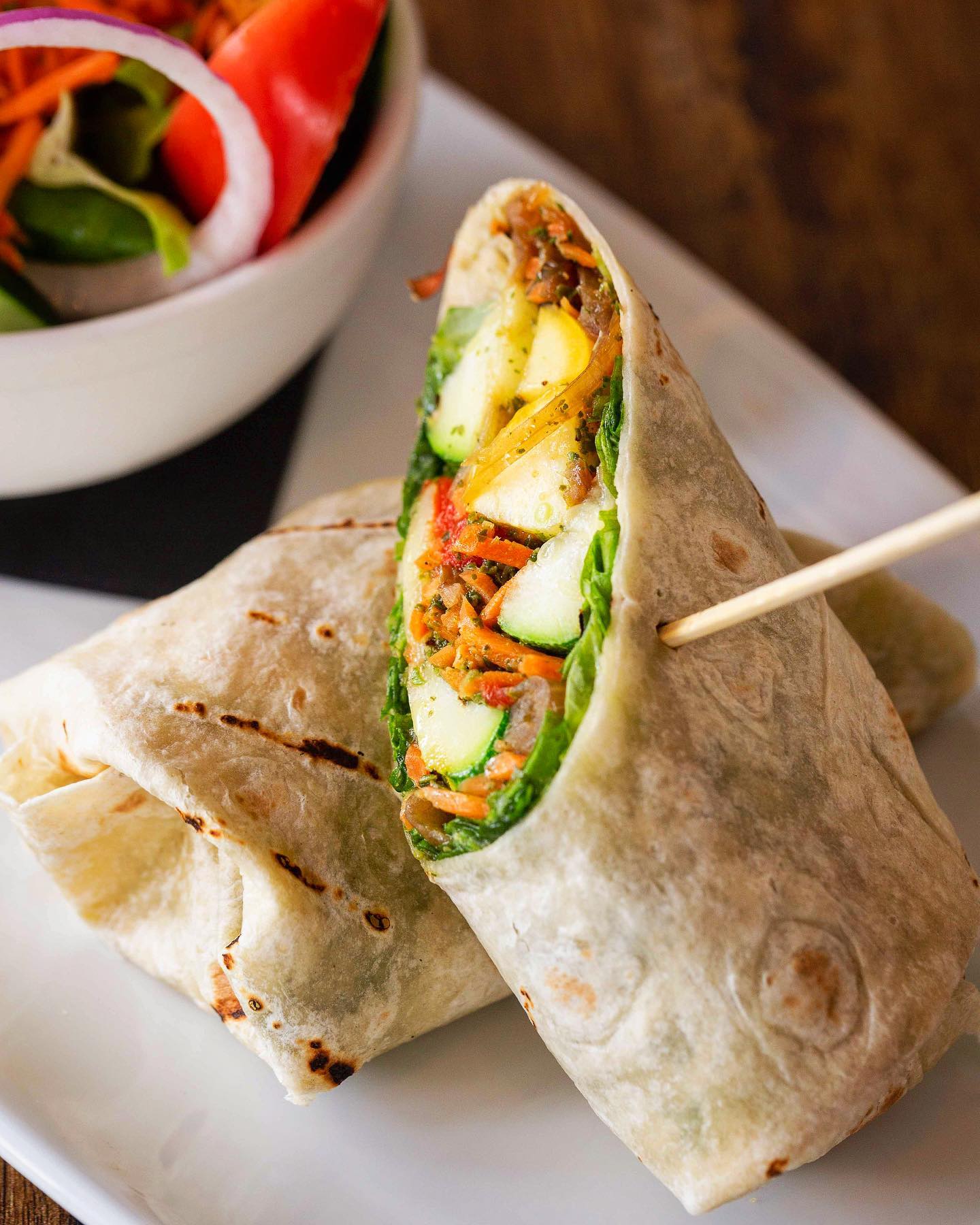
Healthy eating isn’t about temporary diets—it’s about long-term habits. Start small:
- Add more fruits and vegetables to your meals.
- Replace refined grains with whole grains.
- Drink more water.
- Prepare meals at home to control ingredients.
With consistency, healthy food will become a natural part of your daily life.
Conclusion: Your Path to a Healthier You
Choosing the best healthy food is an investment in your long-term health. By making simple, mindful choices, you’ll enjoy better energy, stronger immunity, and improved well-being. Remember, a healthy lifestyle is built step by step—one nutritious meal at a time.
External Resource:

Alexander Smith is an accomplished blogger with years of experience in crafting engaging and insightful content. Known for his expertise and passion for storytelling, Alexander brings a unique perspective to Fascinate Names, captivating readers with his thoughtful analysis and fresh ideas. His extensive background in digital media and writing makes him a valuable voice in the blogging community.







